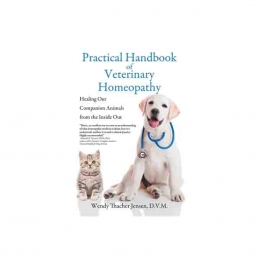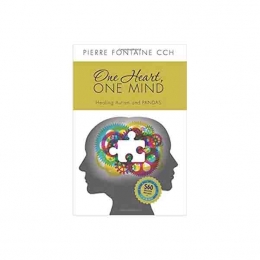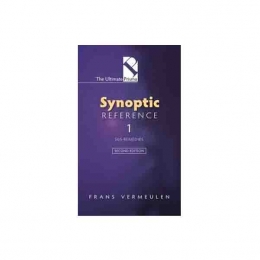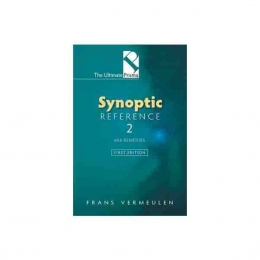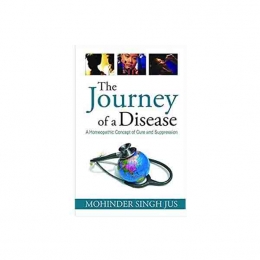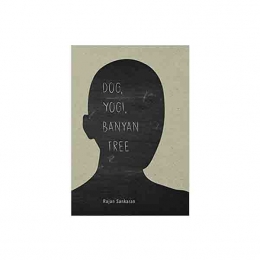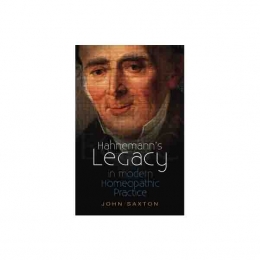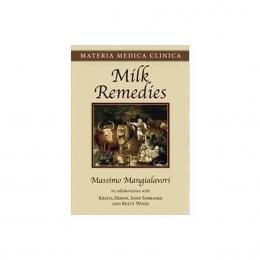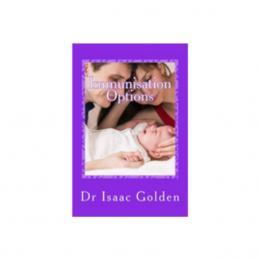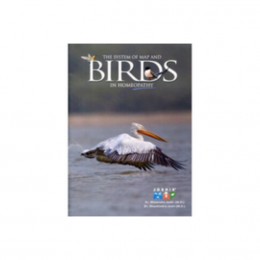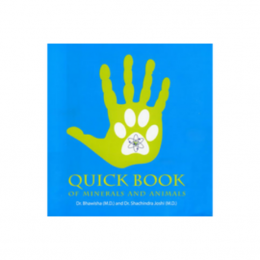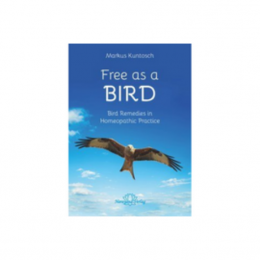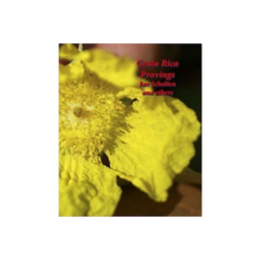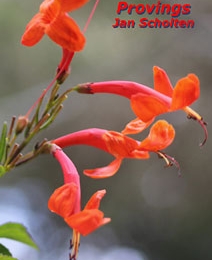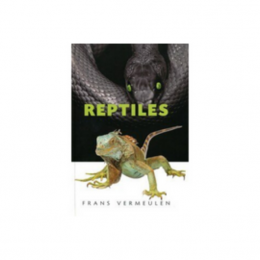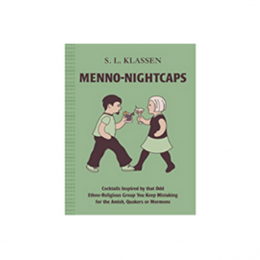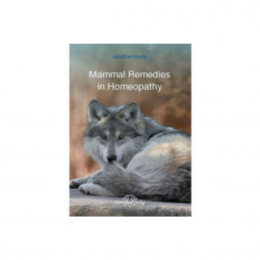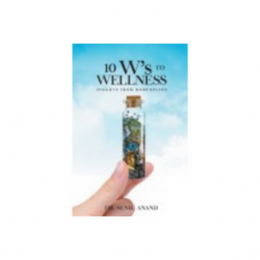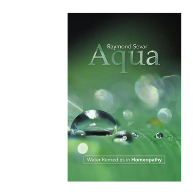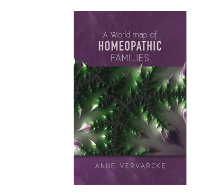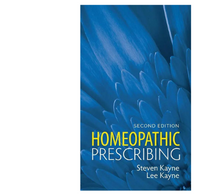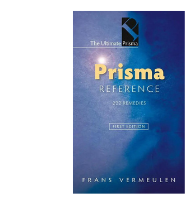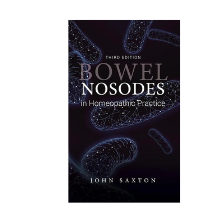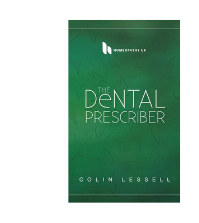Hahnemann's Legacy in Modern Homeopathic Practice - Saxton
Modern homeopathic practice, whilst moving into new and exciting areas, is still based on the three great works of Hahnemann - the Organon, Chronic Diseases and Materia Medica Pura.
Yet these pillars of practice are themselves based on the years of doubts, observation, thoughts and experimentation which are revealed in Hahnemann's other writings and letters. To fully understand and utilise the modern developments, it is necessary to appreciate where the true roots of modern homeopathy lie.
Many of the problems facing homeopathy today were also faced by Hahnemann and his followers. This book will examine the growth of homeopathy within the context of Hahnemann's legacy that continues to inform today's practitioners and guide the development of their practice.
Birds - Joshi
Cases that elaborate the system Homeopathic Classification of nearly 9000 birds Understanding of over 250 bird families More than 500 bird species explained All birds families with their unique numbers and key words Birds with their unique columns nos. to differentiate better Key words for easy differentiation Quick reference charts List of current bird remedies available around the world
Quickbook of Minerals and Animals - Joshi , Joshi
A comparative materia medica in a crisp table format, an overview of the minerals in the periodic table, miasms and their comparison and a comparative chart to differentiate the basic traits of smaller groups like fungi, bacteria, sarcodes and nosodes. The highlight of this book is the Joshis' most recent development-a new dimension in homoeopathy called 'Mapping Personalities'.This entails comparing different human personalities to different animal types.
Free as a Bird - Kuntosch
In recent years the bird remedies have swooped down, conquering homeopathic practice. They are remedies for our times and are indicated in people who, like the Lanthanides, are seeking freedom and self-realisation yet at the same time have a strong sense of duty towards their family. They tend to sacrifice themselves to this task, consequently feeling too restricted by their duties. Physically this is most often expressed in stubborn states of tension in the neck, shoulder and chest, together with an inner feeling of tenseness and restlessness. After a comprehensive introduction to the general characteristics by which bird patients can be identified, the author presents a series of impressive case histories, some with severe pathology. Along with the familiar Bald Eagle (Haliaeetus leucocephalus) and Peregrine Falcon (Falco peregrinus disciplinatus), there are also descriptions of unfamiliar bird remedies such as Red Kite (Milvus milvus), Northern Goshawk (Accipiter gentilis), Chicken (Gallus gallus), European Robin (Erithacus rubecula) and Magpie (Pica pica).
Costa Rica Provings - Scholten
Costa Rica proving describes the fifth proving seminar in Costa Rica. It turns out that the proving are getting better over the years. The quality of the proving is becoming more accurate and the essence of the remedy is discovered amore or less broadly. The provers get the Remedy code partially or totally from the proving. The Remedy code is the code as developed in the Plant theory which has been published in Wonderful plants. It is astonishing how accurate they often find the Remedy code, partially or totally. The proving show often new aspect of the remedy or family to which it belongs. In these proving the two remedies from the Piperaceae showed strongly the aspect of the neglect child, but then in a more general way. It showed that the western culture of laying babies in their own bed, far away from the parents is a cultural problem, reflected in the Piperaceae.
Kenton Provings - Scholten
This is a report of the provings done on 19 species of plants in Kenton on sea, South Africa. The provings were done in the week of 2 to 8 October 2012. The species taken were growing on the region of Kenton on sea, mostly indiginous. The species were selected with the idea of developing new remedies from families that till now are less known or completely unknown.
Menno-Nightcaps by S.L. Klassen
A satirical cocktail book featuring seventy-seven cocktail recipes accompanied by arcane trivia on Mennonite history, faith, and cultural practices. At last, you think, a book of cocktails that pairs punny drinks with Mennonite history! Yes, cocktail enthusiast and author of the popular Drunken Mennonite blog Sherri Klassen is here to bring some Low German love to your bar cart. Drinks like Brandy Anabaptist, Migratarita, Thrift Store Sour, and Pimm’s Cape Dress are served up with arcane trivia on Mennonite history, faith, and cultural practices. Arranged by theme, the book opens with drinks inspired by the Anabaptists of sixteenth-century Europe (Bloody Martyr, anyone?), before moving on to religious beliefs and practices (a little like going to a bar after class in Seminary, but without actually going to class). The third chapter toasts the Mennonite history of migration (Old Piña Colony), and the fourth is all about the trappings of Mennonite cultural identity (Singalong Sling). With seventy-seven recipes, ripping satire, comical illustrations, a cocktails-to-mocktails chapter for the teetotallers, and instructions on scaling up for barn-raisings and funerals, it’s just the thing for the Mennonite, Menno-adjacent, or merely Menno-curious home mixologist.
Aqua by Raymond Sevar
Water is astonishing: ocean, glacier, snowflake, rainbow and essential to every living thing on our planet. This book presents the Aqua as a coherent family of homeopathic remedies with clearly defined themes, keywords, vital sensations & symptom patterns. The symptom patterns vary with the degree of mineralisation, from the highest (Dead Sea Water and Aqua Marina) to the lowest (Aqua Destillata - distilled water), yet the themes and vital sensations remain the same. We all use water words that encapsulate what water is and does and means to us. Water words are embedded in our psyche and our cultures, yet those who need an Aqua remedy use them much more frequently than others, especially to describe their symptoms. This book lists the water words to listen out for during a consultation. A chapter on related remedy families shows the varying degrees of relationships with single remedies & families, the closest being Fish, Gemstones, Lanthanides, Sarcodes, Birds, Energy (aka ‘Imponderables’) and Asteraceae. Clinical cases are presented throughout and useful heuristics with the most common clinical presentations of illness in Aqua cases are highlighted. The chapter on Aqua and the Miasms illustrates each miasm with its Aqua words.
A World Map of Homeopathic Families by Anne Vervarcke
A World Map of Homeopathic Groups and Families aims to make homeopathic practice manageable again. Unlike the early days of homeopathy and particularly in the last 20 years, homeopathic students and practitioners now have access to a bewildering amount of information - new provings, books, systems and computer programmes all add to an already extensive body of knowledge. But how does the practitioner incorporate all this new data into their work? This book aims to answer this question by guiding us to take a step back from a case for a more 'big picture' view before examining the smaller details. It introduces the concepts of 2D / 3D groups and the Vital Approach Map of Homeopathic Families which Anne likens to a treasure map for the similimum. Practitioners will learn how to identify clear pointers for the bigger groups and families, what other key information to look for in a case, how to connect the dots and recognise patterns leading to more efficient prescribing and improved outcomes. Anne's straightforward approaches are beautifully presented in this book. Through them we gain not only a broader perspective but also deeper understanding that allows our homeopathic practice to be taken to a whole new level.
Homeopathic Prescribing (2nd edition) by Steven Kayne and Lee Kayne
Originally devised at 36000 feet over Siberia, this book was initially commissioned by the Royal Pharmaceutical Society for practising pharmacists and other health professionals. The second edition has been revised to make it more accessible to everyone and is laid out to make it easy to find the most important information on all aspects of homeopathy quickly and concisely. Part 1 - An introduction to the principles of homeopathy as a self-contained curative system. The basics of anthroposophy, biochemical tissue salts and flower remedies are also explained. Part 2 - 56 flow charts (decision trees) which will help properly target the most appropriate homeopathic remedy for a wide range of commonly seen acute conditions, whether you are an experienced practitioner or newcomer to homeopathy. The charts are complemented by supplementary materia medica notes to further inform your choice of remedy. The majority of remedies referenced in this book are readily available over the counter in pharmacies or online. "This book is one of the best-organised homeopathic works I have ever seen. It gives you confidence; it provides a footing for quick homeopathic action when time is of the essence. No theory, no prolonged intellectual discussion, just a guide to the action needed, here and now." - Ivo Wiesner in the Homeopathic Links Journal
Prisma Reference by Frans Vermeulen
Homeopaths are always eager to have the latest repertory with the most additions to keep the greatest amount of info at their fingertips. The same should be true with materia medica – they should contain information that is both accurate and current. For over 20 years, Vermeulen materia medicas have provided reliability, breadth and depth, cutting edge details supporting the changes in methods of prescribing. That is why they are the best selling and most trusted materia medicae in homeopathic practice. The Ultimate Prisma Collection contains the most remedies and the most detailed information of any materia medica, including hundreds of remedies not found in any other text. This work also features the most comprehensive list of remedies, all accurately identified, categorised and described, considerably improved, revised and expanded from Vermeulen’s previous works. To reflect new prescribing practices 'Sensation' entries have been added. These are the tools of our profession – a carpenter would not keep a dull saw, a seamstress would not keep an outdated sewing machine, a cook would not use stale ingredients. To achieve the best results homeopaths must constantly update their reference materials and ensure that they are working with information of the highest quality. A small change in the placement of a plant into a different family, new source details about a mineral or the addition of a new animal remedy can make a huge clinical difference.
Bowel Nosodes in Homeopathic Practice (3rd Edition) by John Saxton
The group of eleven homeopathic remedies known as the Bowel Nosodes are unique in both their derivation and the opportunities that they offer. Although they have some indications in acute prescribing, because of the connection and resonance that they have with the miasmatic forces that are active in the body, they are particularly useful in the treatment of chronic disease. The origin of these remedies lies in human medicine, and there are still major indications in that field. Their development is traced and the concept behind them is explained and discussed within the context of modern homeopathic thought. The general uses of the group in the clinical situation are outlined, and the materia medica of the individual bowel nosodes is discussed. The various methods of using the bowel nosodes are illustrated with nine case histories from the human world and ten from the animal, demonstrating the common guidelines that are applicable to all species. The third edition is revised, expanded and updated.
Dental Prescriber by Colin Lessel
Published on behalf of the Homeopathy UK charity, this popular booklet contains guidance for the homeopathic treatment of acute conditions affecting the mouth, gums and teeth. It should appeal to both professionals and patients alike. First Published by the British Homeopathic Association in 1983, this booklet has been reprinted 1993, 2009, 2017 and now 2021. Available singly to retail clients. Packed in 5s for trade, each pack representing one book unit.

